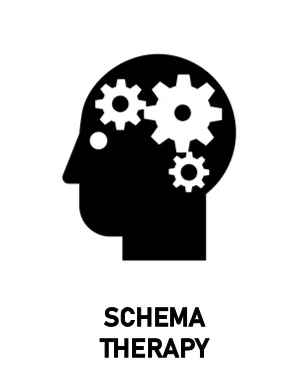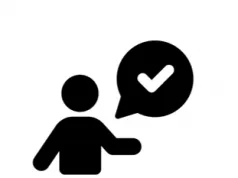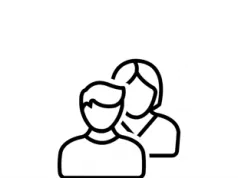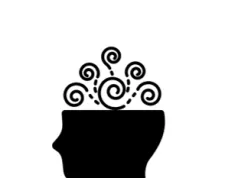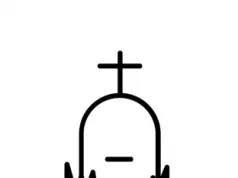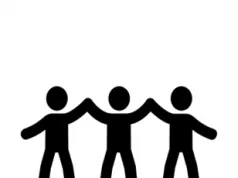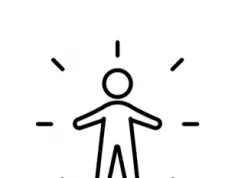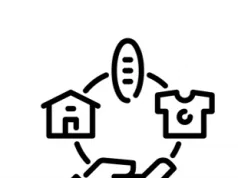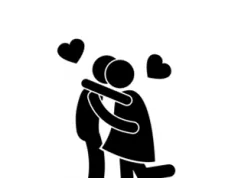Schema Therapy is a type of talking therapy that can be used in the treatment of some mental health conditions. Schema Therapy is known for combining elements from a range of different therapy types to create one solidified form of therapy.
Despite combining several areas into one, Schema therapy still has its advantages and disadvantages, as we cover in this article. These should always be taken into account when considering therapy.

What is Schema Therapy?
Schema Therapy: Schema Therapy is a talking therapy that combines aspects of Cognitive-Behavioural Therapy, Gestalt therapy and psychoanalytical thinking into one form. It can be useful in treating personality disorders due to its ability to help people change longstanding patterns of thought and behaviour. The therapy is normally based on the idea that childhood needs were not met, leading to deeply-held obstructive beliefs. The therapist will attempt to change long-standing patterns that have contributed to problems, and can be very useful. Schema therapy is mainly intended for use in the treatment of personality disorders.
Advantages of Schema Therapy
- Combines multiple areas: Schema Therapy brings together the best parts of various different therapy styles to create a “super” therapy type. It combines different elements of Cognitive-Behavioural therapy, Gestalt therapy and psychoanalytical thinking.
- Evidence is impressive: Past studies into Schema therapy have consistently resulted in positive results, suggesting that many people can get some benefit from this form of therapy. A range of conditions can be treated too [1][2].
- Takes the past into account: Schema therapy aims to look into a person’s past, and discover and discuss times and events in the past which have caused despair. These will hopefully be processed in a positive way.
- Great prospects for the future: Schema therapy aims to change long-standing patterns. By doing this, it can lead to positive changes in the person, who will then hopefully find that they get on better with others and feel more positive about life.
- Helps get rid of harmful coping strategies: Schema therapy works on the idea that there are 18 “maladaptive” schemas that cause issues. Displaying these schemas can be very damaging. Schema therapy aims to process these schemas in more positive ways, which can help the person a lot.
- Low dropout rate: Schema therapy has a low dropout rate, which suggests it is a type of therapy that patients find very useful. They seem to have strong commitment to the therapy and see benefits from it, which makes them keep coming back.
Disadvantages of Schema Therapy
- Schema therapy takes time: Schema therapy is a type of therapy that does take time to bring about change. While for many people this won’t be an issue, for those looking for a quicker fix, Schema therapy probably won’t appeal to them as much.
- Past trauma will be discussed: Many people find it difficult to talk about past traumas. Because Schema therapy talks about times that a person’s needs weren’t met, it will inevitably involve discussing traumatic events. For some people, this will result in feelings of discomfort. But hopefully a person will see the long-term benefits that discussing trauma can have.
- Relatively new form of therapy: Whilst the evidence for Schema therapy is positive, it is also apparent that it is a relatively new form of therapy, meaning its long-term benefits will not have truly been tested nor discovered yet.
- No guarantee of success: Schema therapy’s aim of changing long-term patterns of thoughts and behaviour can be difficult – especially when they are deep-rooted in the person. It can take time for a person to fully adjust to new patterns of thought, and not everyone is able to do this.
- Requires patients to realise there is a problem: One of the biggest issues with treating personality disorders is that often a person will not realise that they have a problem, or they will believe problems are caused by others. Schema therapy requires a person to take responsibility for their actions, which is not always possible.
- Not everyone’s problems are linked to childhood: Schema therapy works on the idea that mental illness is commonly caused by a person not having their emotional needs met as a child. While this is surely true in many cases, it isn’t a universal truth. As a result, the logic behind Schema therapy will not be relevant to everyone.
See Also
- Therapy Home
- Everything You Need To Know About Talking Therapy
- FAQ’s About Talking Therapy
- Schema Therapy: Everything You Need to Know
- The Advantages and Disadvantages of Schema Therapy
- 8 Things You Should Know About Schema Therapy
- What are the 18 Early Maladaptive Schemas?
Disclaimer
This website should be used purely for informational purposes, and does not intend to, nor should it ever, be used as a replacement for professional medical advice.
We strive to keep all of our pages updated, and ensure that our website is full of factual and in-depth information. However, we encourage you to browse this website with care.
As a reminder, this website and all content within it cannot and should not replace the advice of a trained medical professional. You can read our full disclaimer at this link.
Helplines
If you are struggling with your mental health, help is available. With the right support and treatment, you can make a recovery. For information on helplines, or if you are in a state of crisis, please visit our crisis page by clicking on the relevant link for your geographical location (United Kingdom), (United States), (International). You can also see how to get mental health treatment and the process involved by clicking this link.
References
[1] Bamelis, L., Evers, S., Spinhoven, P. & Arntz, A. (2014). Results of a Multicenter Randomized Controlled Trial of the Clinical Effectiveness of Schema Therapy for Personality Disorders. The American Journal of Psychiatry. 171 (3), p305-322.
[2] Carter, J., McIntosh, V., Jordan, J., Porter, R., Frampton, C. & Joyce, P. (2013). Psychotherapy for depression: a randomized clinical trial comparing schema therapy and cognitive behavior therapy. Journal of Affective Disorders. 151 (2), p500-505.

